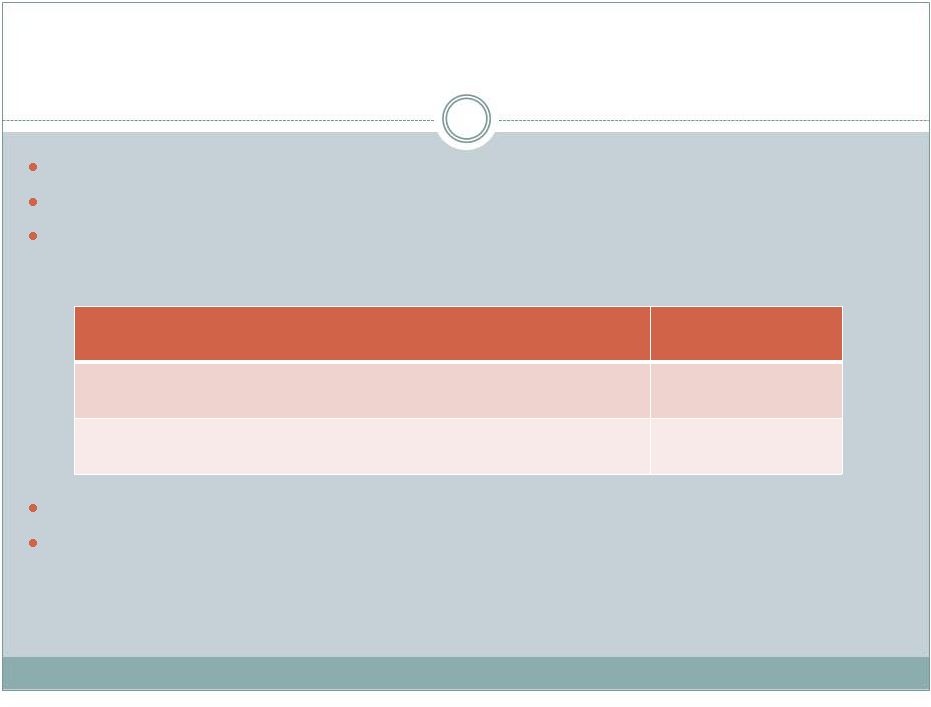Free signup for more
- Track your favorite companies
- Receive email alerts for new filings
- Personalized dashboard of news and more
- Access all data and search results
Filing tables
Filing exhibits
Icahn Carl C Et Al similar filings
- 10 Sep 12 NAVISTAR INTERNATIONAL / ICAHN CARL C ownership change
- 25 May 12 CHESAPEAKE ENERGY / ICAHN CARL C ownership change
- 13 Jan 12 CVR ENERGY / ICAHN CARL C ownership change
- 11 Jan 12 OSHKOSH / ICAHN CARL C ownership change
- 21 Oct 11 WebMD Health / ICAHN CARL C ownership change
- 13 Oct 11 NAVISTAR INTERNATIONAL / ICAHN CARL C ownership change
- 28 Jul 11 COMMERCIAL METALS / ICAHN CARL C ownership change
Related company
Filing view
External links






